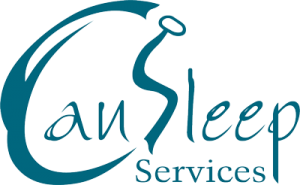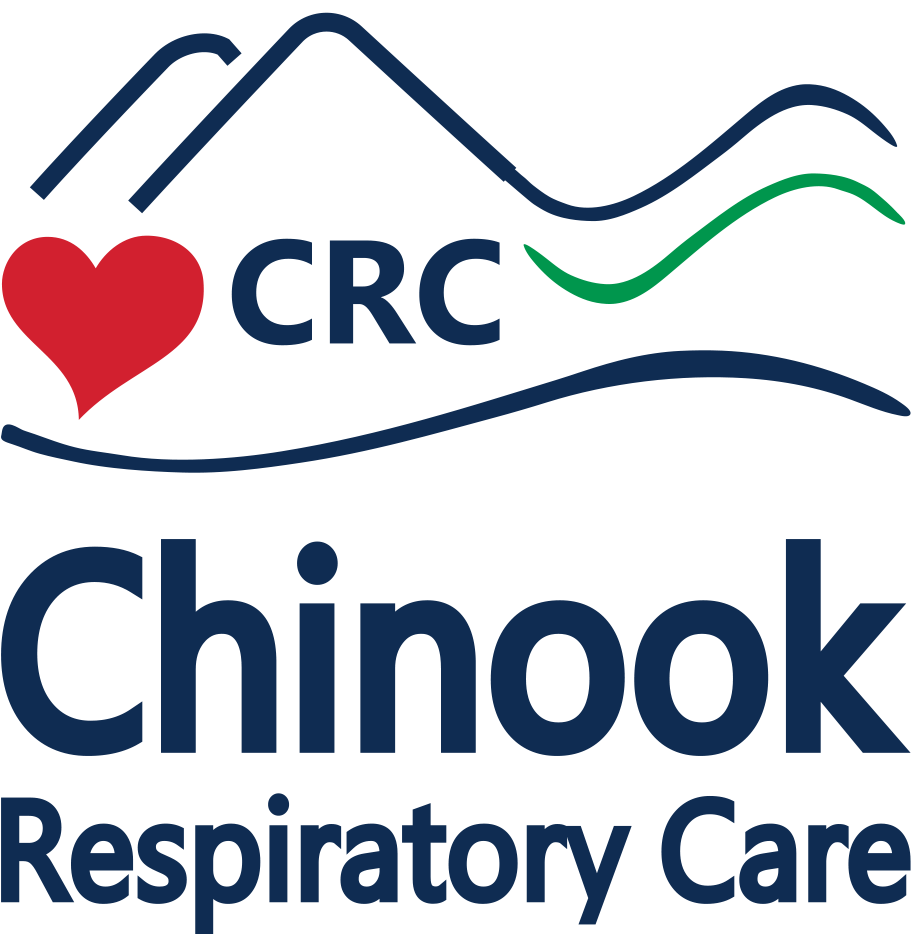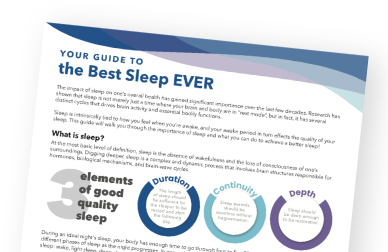Pulmonary Function Testing
Your physician may require you to take a Pulmonary Function Test for a variety of reasons.
Please let us know if you have any questions.
Pulmonary Function Tests (PFT’s) analyzes your breathing to find out how well you move air in and out of your lungs and how well oxygen enters your bloodstream.
Your physician may require you to do a PFT to:
- Compare your lung function with known standards that show how well your lungs should be working.
- Measure the effect of chronic diseases like asthma, chronic obstructive lung disease (COPD), or cystic fibrosis on lung function.
- Identify early changes in lung function that might show a need for a change in treatment.
- Detect narrowing in the airways.
- Decide if a medicine (such as a bronchodilator) could be helpful to use.
- Show whether exposure to substances in your home or workplace may have harmed your lungs.
- Determine your ability to tolerate surgery and medical procedures.
Different Types of Pulmonary Function Testing
The spirometer measures how much air you can breathe into your lungs and how much air you can quickly blow out of your lungs. This test is done by having you take in a deep breath and then, as fast as you can, blow out all of the air. You will be blowing into a tube connected to a machine (spirometer). To get the “best” test result, the test is repeated three times.
Diffusion tests find out how well the oxygen in the air you breathe in moves from your lungs into your blood. You will be asked to empty your lungs by gently breathing out as much air as you can into a mouthpiece. Then you will breathe in a quick (but deep breath), hold your breath for 10 seconds, and then breathe out as instructed. You will do the test several times. It usually takes about 30 minutes to complete this test.
Body plethysmography is a test to find out how much air is in your lungs after you take in a deep breath, and how much air is left in your lungs after breathing out as much as you can. Sitting in a booth with windows, you will wear a nose clip and be asked to take short, shallow breaths through the mouthpiece when it is blocked for a few seconds. It usually takes about 15 minutes to complete.






